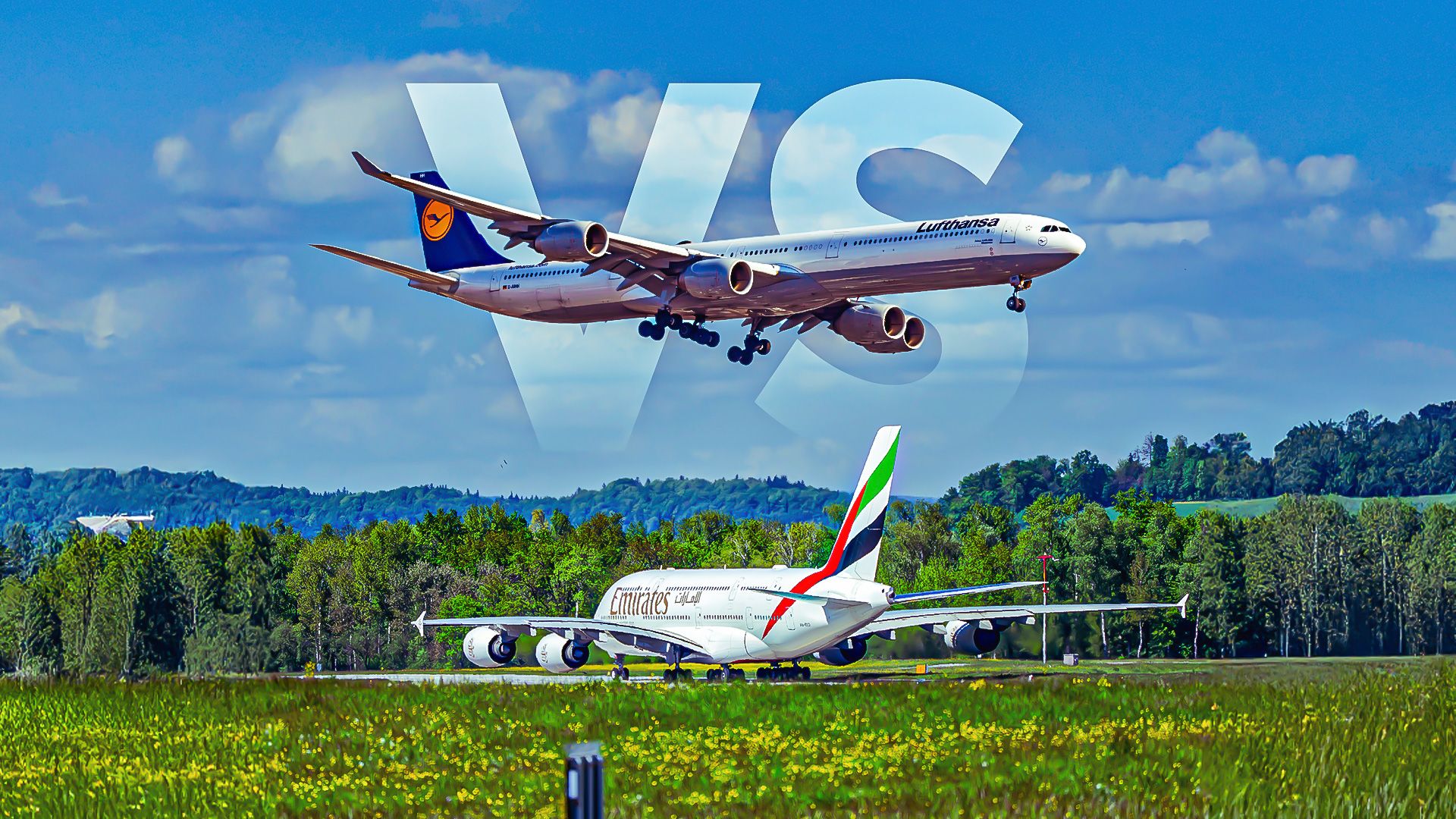The Airbus A380 and Airbus A340 stand as two prominent quad-engined commercial aircraft from the European manufacturer, representing different eras and design philosophies in the aviation industry. While a direct comparison of their overall fuel consumption is often misleading given their distinct roles and sizes, a more pertinent analysis focuses on their relative aircraft fuel efficiency per seat for a given distance, a critical metric in understanding their operational economics.
The Airbus A340, which commenced service in 1993, predates the Airbus A380 by approximately 14 years, with the latter entering operation in 2007. Despite this age gap, the A340 saw updates with its -500 and -600 variants in 2002. Historically, the A340 was developed in response to strict 1980s regulations limiting twin-engined aircraft flights over oceans, making a quad-engine option attractive for opening up more routes. This regulatory environment shaped its initial relevance in the aerospace technology landscape.
However, the Airbus A340’s strategic advantage was short-lived. As twin-engined commercial aircraft like the A330 improved and received greater ETOPS (Extended-range Twin-engine Operational Performance Standards) extensions, their efficiency and operational flexibility made the quad-engined A340 increasingly obsolete. Airbus ceased A340 production in 2012, pivoting its focus towards the A330 and the newer A350, signaling a shift in aviation industry preferences towards more efficient twin-jet designs.
In contrast, the Airbus A380 was conceived as a monumental aircraft designed to alleviate congestion at major airport hubs and meet a projected demand for high-capacity flights on core hub-to-hub routes. With a maximum takeoff weight significantly surpassing the A340-600 and a theoretical capacity for up to 853 passengers, the A380 represented a bold vision for the future of commercial aircraft. Its engines, such as the Rolls-Royce Trent 900 or Engine Alliance GP7000, delivered substantially more thrust than those on the A340, pushing the boundaries of aerospace technology.
When examining aircraft fuel efficiency on a per-seat basis, the comparison between the A340-600 and the A380-800 reveals intriguing nuances. While some initial assessments suggested the A340 might be competitive, independent analyses, such as those by Aircraft Commerce, generally indicate that the Airbus A380 outperforms the A340 variants on longer routes. For instance, studies found the A380 burned less fuel per seat-mile on routes like Frankfurt to New York and Chicago compared to the A340-600 and A340-500, underscoring its efficiency under specific conditions.
Several factors critically influence these aircraft fuel efficiency comparisons, including the seating configuration and the load factor. Airlines configure both the Airbus A340 and Airbus A380 very differently, which can significantly alter the fuel burn per seat-mile. Furthermore, an aircraft operating at 80% capacity will yield different efficiency metrics than one fully booked, highlighting the complexity of real-world fuel performance in the aviation industry.
A notable shared characteristic between both the Airbus A340 and Airbus A380 was their suboptimal wing designs, a consequence of compromises made during their engineering. The A340’s wing, shared with the A330, was not fully optimized for either twin or quad-engine configurations. Similarly, the A380-800 was saddled with wings designed for a larger, never-produced A380-900 variant, impacting its full aircraft fuel efficiency potential and overall aerospace technology integration.
Ultimately, the debate over which of these quad-jets is more efficient is largely academic, as both are out of production and considerably less efficient than modern twin-engine jets. Most airlines, with the notable exception of Emirates for the Airbus A380 and certain sanctioned countries for the Airbus A340, are actively phasing them out in favor of newer commercial aircraft like the A330neo, Boeing 787, and A350. This trend reflects a broader aviation industry move towards leaner, more environmentally conscious operations, driven by advancements in aerospace technology and economic realities.






Leave a Reply